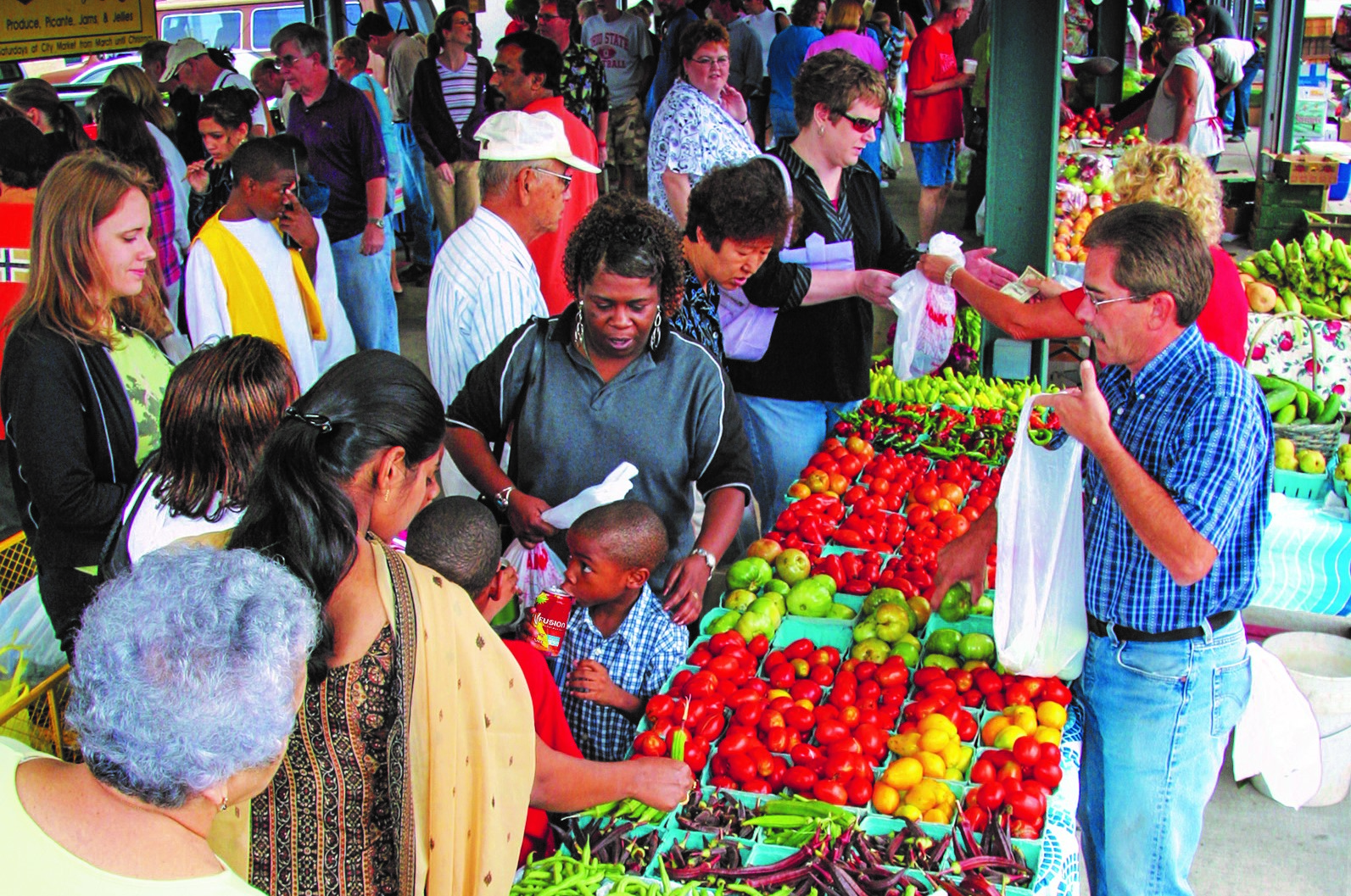NATIONAL ATR NETWORK SURVEY
Hundreds of ACEs, trauma, & resilience networks across the country responded to our survey. See what they shared about network characteristics, goals, and technical assistance needs.
In 2011, a youth needs assessment of the Kansas City metro area included surveys of pediatricians and school nurses, mental health providers and teenagers, pre-school teachers and parents.
“No matter what discipline was represented, trauma and toxic stress kept coming up,” said Marsha Morgan, Chief Operating Officer of Truman Medical Center’s Department of Behavioral Health. “It was clear that we had to do something. We had to make this a community issue.”
The needs assessment showed that more than 6,000 children in the Kansas City metro area were in treatment for serious emotional disorders; more than 3,000 were in foster care. In a region that was home to two million people, 15% lived in areas of poverty and violent crime.
Initially, six organizations came together, calling themselves Trauma Matters Kansas City (TMKC). They developed a mission statement and a vision: “to promote strategies for building resilience in communities affected by trauma, and to work collectively to successfully build that resilience across the metropolitan region,” according to the coalition’s MARC proposal.
Now TMKC is a multi-system, bi-state (Missouri and Kansas) network that includes 40 organizations representing human services, health, criminal justice, law enforcement, education, government and community members.
The group meets monthly, inviting speakers from inside and outside the TMKC network and setting aside time for members to network and learn from one another. Doctors in private practice, who formerly felt isolated in their work with patients suffering post-traumatic stress disorder, now meet quarterly with other professionals to share ideas and support.
Despite the lack of a paid staff or budget, TMKC has hosted four regional summits on trauma-informed care, created a PowerPoint “Trauma 101” presentation and held a community Resilience Day that included workshops on mindfulness, resilient architectural design and recovery from natural disasters.
Morgan said awareness of ACEs has spread through Kansas City metro area institutions. The Kansas City, Missouri, police department implemented secondary trauma training for its officers. A children’s psychiatric facility earned national recognition for its “Head Start, Trauma Smart” program. The Independence (Missouri) School District recently began to use trauma-sensitive practices in its classrooms. And a judge in Kansas City, Kansas, received a federal grant to create a trauma-informed courtroom.
A giant step toward resilience happened in 2014 when the Kansas City Chamber of Commerce unveiled a “Healthy KC” initiative that placed a special emphasis on trauma. “That was exciting—to have community leaders say, ‘Yes, this is an important issue for us,’” Morgan said.
“One of the things I feel very proud of here in Kansas City is that we’ve created a common agenda” even though different agencies bring different approaches and models to their work on ACEs and resilience, Morgan said. “We aren’t competitive; we are cooperative and collaborative.”

Digital and social media—with easily accessible videos, blogs and other resources—have helped bring some agencies and practitioners into the ACEs fold, while the emerging science has persuaded others. “For people who need research, ACEs data is the ‘aha,’” Morgan said.
One lesson network members have learned—partly from gleaning the experiences of other communities—is to listen more than they talk. “Instead of taking a PowerPoint into a small organization and wanting them to know all about ACEs, we’re taking a different approach and saying, ‘What’s your greatest need now in order to build your community or your organization?’” Morgan said. “Resilience is about listening to people and hearing what their needs are.”
At this point in its development, TMKC faces questions: Should it become a full-fledged non-profit? Will it be enfolded into the Chamber of Commerce “Healthy KC” initiative or taken under the wing of Blue Cross/Blue Shield? How can members best advance the network’s goals of raising awareness about adversity and trauma, building resilient communities and establishing a unified approach to collect ACEs and resilience data?
Morgan said she hopes to learn from others in the MARC collaborative who have faced similar questions. “We do not have community-specific ACE-prevalence data. I want to know how people went about doing that. I want to learn how they are bringing forward outcomes, how they are evaluating what they’re doing to see if it makes an impact.”
Even without formal measures, Morgan knows that her community’s increased awareness of ACEs is having an effect. She tells the story of a woman who suffered from such severe PTSD that she could not tolerate having dental work done. But when equipped with a small card that listed common symptoms of PTSD and steps a practitioner could take to help—such as introducing himself, talking through the procedure and allowing the patient to take breaks, if needed—she was able to sit through a dental appointment for the first time in her adult life.
“The other ‘aha’ is that [becoming trauma-informed] isn’t about buying equipment; this is about an attitude shift. It isn’t about ‘them.’ It’s about ‘we,’” Morgan said. “The work is just too powerful to give up.”
This article is part of a community update series following the ATR networks participating in the MARC 1.0 Initiative. Read the other updates from Greater Kansas City, MO/KS:
